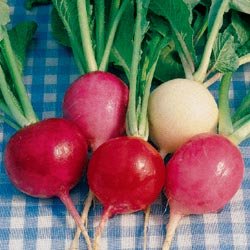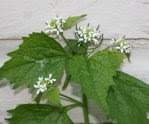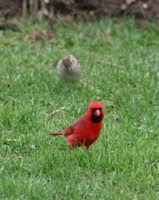This recipe came about because I love banana bread, and love to make my own bread recipes. It is also a classic way to recycle leftover food instead of throwing it away (or
composting it).
Did You Know: Americans waste about a pound of edible food per person each day (thrown away at grocery stores, restaurants, and home kitchens). Food wasted is about 12% of our waste, and 98% of that ends up rotting in landfills (giving off methane). See the photo and more information at One Country’s Table Scraps, Another Country’s Meal.
The last bananas get so soft and brown that most people will not eat them, but these forgotten fruit are perfect for banana bread. With food prices so high, why waste food? Why not get creative!
My No-Waste Banana Bread: I already have some pretty good Banana Bread recipes, but I love to experiment, and I wondered what else I could add that would otherwise be wasted. After a few modifications, I came up with a really good moist bread, that is eaten as quick as I can make it (no-waste!).
Recycled Ingredients:- Over-ripe Bananas- Freeze them in the skin or in freezer bags until you have enough for the recipe. Thaw out and they are super easy to mash.
- Coffee- There is always a cup or two of coffee left over in the pot (My sister has also used dark beer with great results).
- Bread Crumbs- I make homemade bread, and there is always a little bit that is uneaten or gets a little stale. I chop or grind the extra bread and freeze it for recipes that call for bread crumbs.
- Yogurt- I also make my own homemade yogurt, and there's always a little left over at the end of the week.
Recipe: No-Waste Banana BreadMakes 1 big loaf or 4 mini loaves
3-4 ripe bananas (about 2 cups)
1 cup coffee
1/2 cup butter, melted
1/4 cup yogurt (I use plain but I have used flavored for a little different taste)
2 eggs
1 tsp vanilla
1 cup bread crumbs
1 3/4 cup whole wheat flour
1/4 cup brown sugar
1/4 cup granulated sugar
1 tsp salt
1 tsp baking powder
1 tsp baking soda
1 cup raisins or walnuts (optional)
Mash bananas and soak in coffee for at least 5 minutes. Add bread crumbs, butter, yogurt, and eggs.
In a separate bowl, mix flour, sugar, salt, baking powder and baking soda.
Combine wet and dry ingredients, mixing until just combined (don't beat it too much, you can combine easily with a spoon or spatula).
Stir in raisins and/or walnuts if desired.
Bake in greased pans at 350˚F for 45-60 minutes or until a toothpick comes out clean.
Cool a bit and spread with butter, it will melt in your mouth! Remember, Banana Bread freezes well, so make a big batch and save some for later!














